
A recent advocacy event named 'Climb the Hill' took place on Capitol Hill in Washington, D.C., where a select few top US climbers met with Congress representatives to discuss public lands currently under threat by the Trump Administration and lobbying members of Utah's congressional delegation. In May, Trump ordered the review of Obama's parting designation of Bears Ears National Monument as the first priority, amongst numerous other parks, with rescindment or reduction of protected lands an unfortunate possibility as critics push for developments such as oil and gas drilling.
The US Access Fund estimates that about 60 percent of all climbing areas in the US are located on federal public lands - a reason to stand up for their protection, not to mention the many vulnerable areas of cultural, historical and ecological interest. Notable US climbers representing the climbing community included Alex Honnold, Sasha DiGiulian, Libby Sauter, Tommy Caldwell and Kai Lightner, who engaged in discussions with Congress ahead of key decisions later this year. We asked Libby about her experience at the event and she kindly answered our questions.
How did you come to attend the #climbthehill advocacy event? Why were you compelled to take part?
Adidas Outdoor was one of the main sponsors of the event and as an Adidas sponsored athlete, I knew early on about the event's existence and asked to be a part of it. I've always been involved in politics in small ways and this sounded like a really cool opportunity to participate and help protect the public lands that mean so much to me and my friends. The event was organised by the Access Fund and the American Alpine Club.
Looking at the #climbthehill website, it seems that you were not only discussing access and protection, but also the recreation economy, smart energy and land management funding. What did you present personally?
Our groups were composed of professional athletes, industry professionals and policy experts. We had short 15-30 minute meetings with the Senator and members of the House of Representatives (like your MPs) and/or their staff. We introduced ourselves and spoke of the importance that public lands play in the congressman/woman's specific area. We asked for support on pro-public land bills, informed them on the economic impact of the recreation economy and just generally let them know how big a force the climbing community is and where we stand when it comes to public lands.
Whom did you speak to amongst the Senate representatives, and what was the general response to the climbers' proposals? Do you think things are moving in the right direction?
We were each assigned to visit congressmen/women for whom we had geographic familiarity. Being from Las Vegas, Nevada I was on the team that spoke to congressmen/women from Nevada, Idaho, Texas and New Mexico. In general, my team was well received and got promises of support. But there is plenty of opposition out there that we have to continue to try and win over. My home state of Nevada is a classic example. One senator is very pro-public lands and the other is opposed to them as the laws currently stand.
It's clear to us as climbers and outdoor types why protecting these areas is important amongst other cultural and environmental reasons, but to those for whom public land access is not on their radar, how do you explain where we're coming from? People could say we are hypocritical in that we 'exploit' these areas for our leisure in some way, perhaps?
A famous US political statement answers that – "It's the economy, stupid." We did our best to point out the economic benefit to areas that embrace protecting public lands. Above all else, money talks so we tried hard to give region specific economic data. And yes, some may say that climbers use the area for our own benefit but the opposition we are up against isn't conservationists saying that these lands need to be left untouched, untrammeled. It's Indian tribes that want to protect sacred lands and outdoor enthusiasts that want access and land protection versus people interested in resource extraction (oil, coal etc) and ranching.
How can people here in the UK and in other countries outside of the US help to protect US public lands and monuments?
It has just been announced that the comment period for Bears Ears National Monument (that includes Indian Creek) has been extended to July 10th, the date that the review of the other 26 national monuments closes. Secretary of the Interior Ryan Zinke's interim report, released today, calls for a reduction in the size of BENM without specifying how much. His final report is due in August. It is critical that the climbers and hill walkers of the United Kingdom help us in this matter by voicing their concerns. The money spent by foreign tourists is an important part of our economy and Congress needs to hear from you.
What's the next step - were you involved in any more discussions?
The next step is to keep up awareness and spread the word. We must continue to make our voices heard, even for the land that doesn't have such prolific climbing. Following that, we have our interim elections in 2018. We'll be supporting candidates that come out in favour of public lands and the Antiquities Act that is used to protect them.
People can be highly critical of athletes getting involved in politics and other issues. How do you respond to such comments?
Athletes are citizens of their home country and are therefore just as entitled to participate and to opine as the next guy. Folks who say, "I don't follow you to hear your political opinions, shut up and climb!" miss the point of western democracy. Plus, climbers are typically a well travelled group of people. We have a unique and learned perspective on the world. I reckon we would all benefit from a little more listening time to those around us.
And finally...how's your climbing going?
A girl friend and I just did an amazing climbing/ski link up here in the mountains that include Yosemite. With such a huge snow fall this past winter, we are still enjoying the ski season even as June settles in! We started on one side of the mountain range and climbed the 500m tall Incredible Hulk making the first summit of the season in alpine conditions and then skied about 50 miles across the Sierra Nevada to Yosemite National Park where we then climbed Snake Dike on Half Dome. A totally wild, Type 2 fun adventure we are calling #Hulk2HalfDome. Shout out to the three Londoners we met at the base of Snake Dike that let us simu-climb through even though we were last to the base – thanks guys! And thank you, UKC for taking the time with this issue and I hope you all have some dry weather this summer to get outside, right after you leave a comment about your feelings on America's public lands!



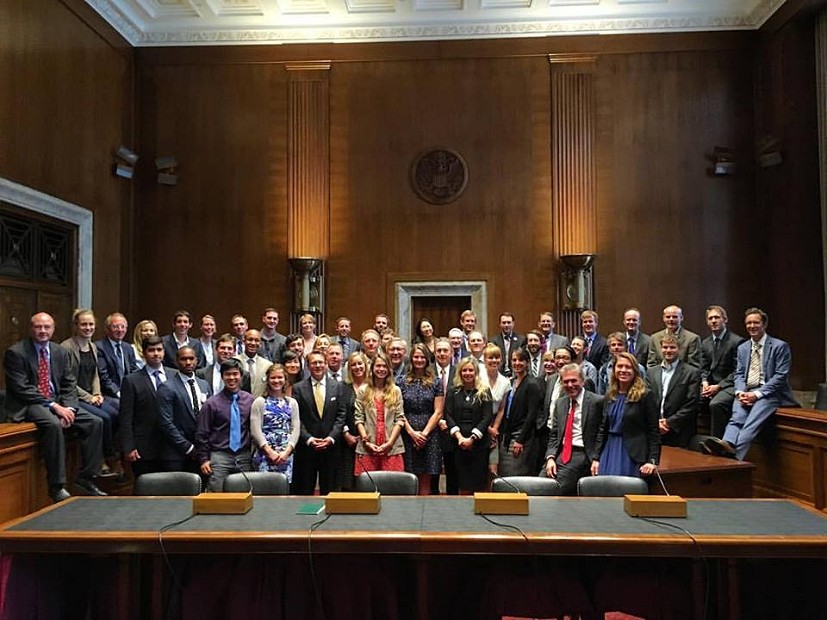
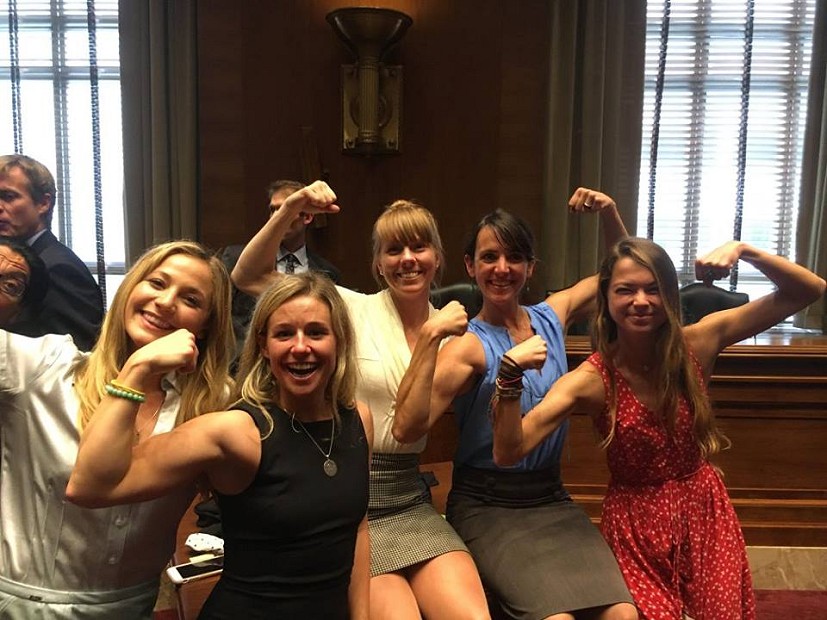





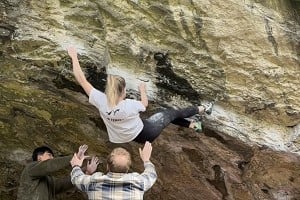
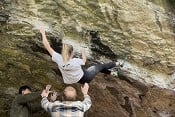


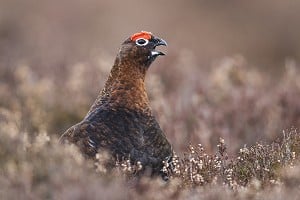
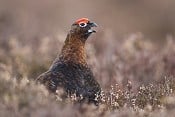
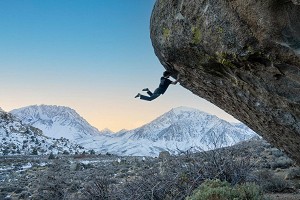
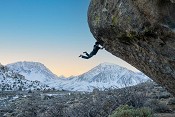
Comments